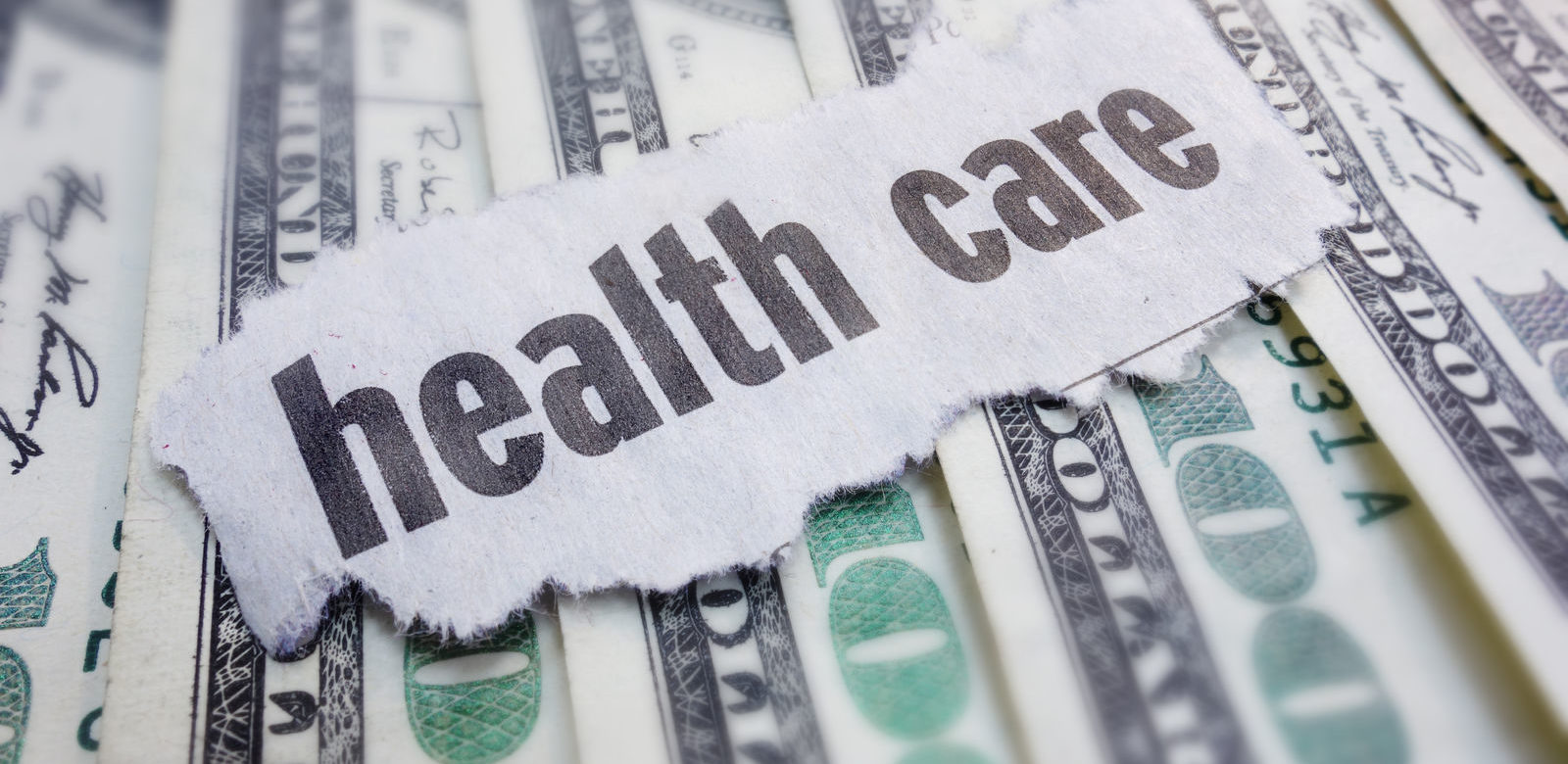What is a single-payer healthcare system?
“To sum it up…”
- In a single payer healthcare system, one entity provides universal health coverage, as opposed to multiple, competing private companies
- Those who are insured by a single payer system still have the option to choose their medical providers and where they receive their care
- There are multiple different types of single-payer systems, as the definition really only refers to the funding source
- Currently, America uses a mix of both of private health insurance companies and public options, such as Medicare
- A single payer system is not necessarily the same as a healthcare system with public options
What exactly is a single payer healthcare system?

A single payer healthcare system refers to the way the system is funded. It means that one agency, usually a public one or a government organization, finances health care for all the residents in a given area or country.
Everyone then has access to the same type of healthcare with the same coverage and the same offer of services. The system does not dictate where you are required to obtain these services or what provider you must see.
There are multiple types of single payer systems and many countries have a mix of both public and private funding for residents’ insurance needs. Very few countries have a completely pure single-payer system, in which no additional coverage is available for purchase through insurance companies.
America requires every citizen to have his or her own healthcare; enter your zip above to find your own!
How does this system work?

For the most part, single payer healthcare systems work by increasing income tax and using that extra money to pay for healthcare, instead of paying premiums and deductibles to a private company. Everyone would have access to the same plan with the same type of benefits, rather than better coverage costing more money.
A public healthcare option is another type of system with some similarities to single-payer. This refers to a public fund that people can choose to contribute to and receive benefits from, rather than a single fund that is mandatory for everyone to pay into.
What are the pros and cons of this system?
There are both pros and cons to a single payer healthcare system. It means equal coverage for everyone, which can be particularly beneficial for those who are underinsured or cannot afford insurance. Additionally, unnecessary costs and expenses might be limited because of control through one system.
Other countries have seen this cost reduction in their single-payer or public systems. This system may also create more inclination towards public health initiatives in order to further reduce costs.
However, there are negative aspects, as well. There may be longer wait times to see your medical provider and there may be limited availability of some services, particularly cosmetic surgeries or other elective procedures.
What type of healthcare system does America have in place now?

There are some aspects of public systems in the current American healthcare system. Medicare and Medicaid are both public government funded insurance programs, however, they use a private delivery system to manage benefits and claims for those who are eligible.
Federal employee benefits also use a similar type of system. Americans who paid into the system through working and earning their tax credits are only entitled to basic coverage through Medicare. They have the option of supplementing this basic coverage with Medigap, sometimes also known as Medicare Part C, and Medicare Part D, which is prescription drug coverage. These supplemental options are distributed through private insurers so Medicare is more of a mixed delivery system, as opposed to a purely public option.
Healthcare associated with Veterans Affairs is a better example of a purely public single payer system. Those who are eligible for Veterans Affairs benefits mostly receive their medical care at a VA hospital.
In 2015, most Americans with insurance pay into a private system partially provided to them through their employer. Forty-nine percent of Americans have employer-based insurance. Another thirty-six percent have some sort of publicly funded insurance with twenty percent covered by Medicaid, fourteen percent covered by Medicare, and two percent covered by other public options.
Seven percent of Americans are covered by non-group insurance, meaning it is not offered through an employer and they purchased it individually, while nine percent did not have any health insurance coverage at all.
The United States spends significantly more money on healthcare than other high-income countries. Experts attribute this spending increase to a more frequent use of medical technology and higher costs for health services, as opposed to a greater amount of doctor or hospital visits.
Finding Coverage in a Competetive Marketplace
It can be difficult to balance quality and cost of healthcare. A pure single payer system is one option in which one public organization provides health coverage for everyone. American currently uses a mixed system of private insurance coverage and public options that come with both pros and cons.
Enter your zip code below to discover the best health insurance options in your state today.
- http://obamacarefacts.com/single-payer/
- http://www.health.harvard.edu/blog/single-payer-healthcare-pluses-minuses-means-201606279835
- http://kff.org/other/state-indicator/total-population/?currentTimeframe=0
- http://www.commonwealthfund.org/publications/issue-briefs/2015/oct/us-health-care-from-a-global-perspective
